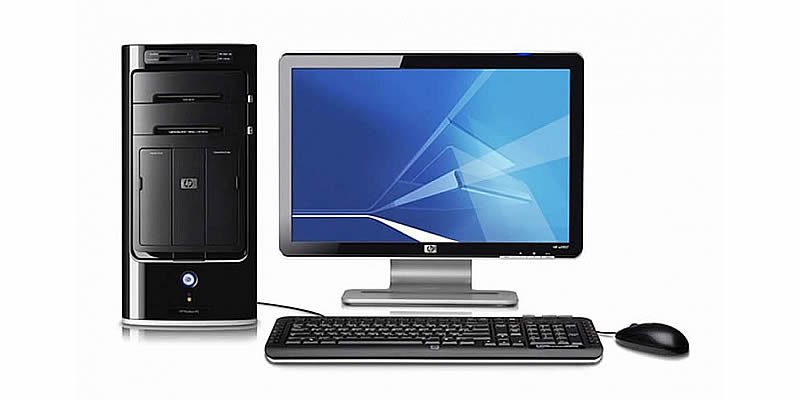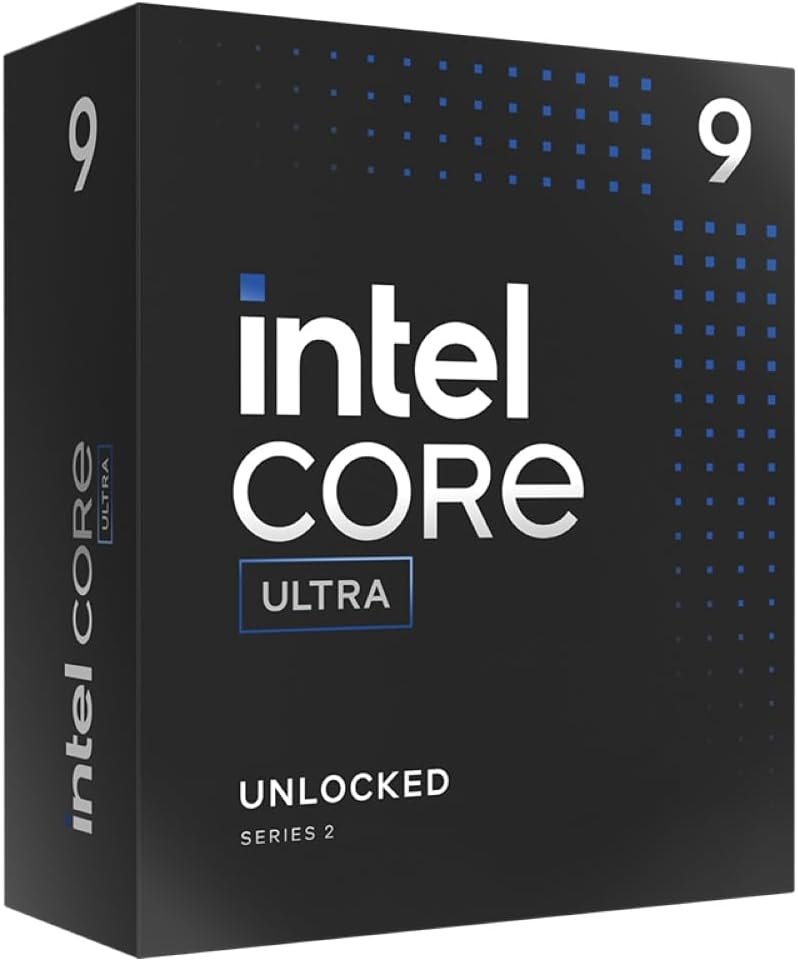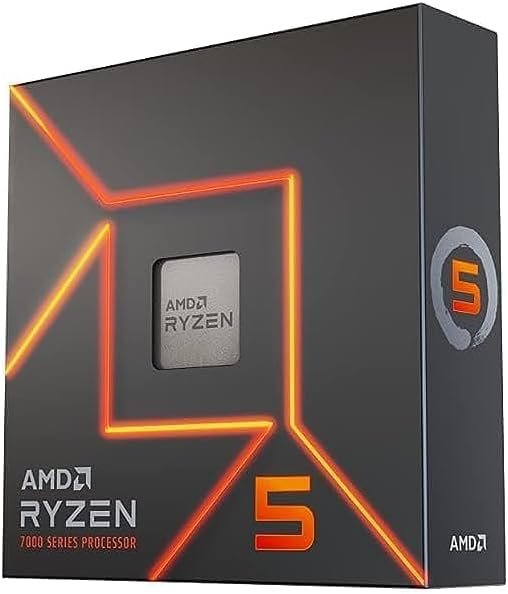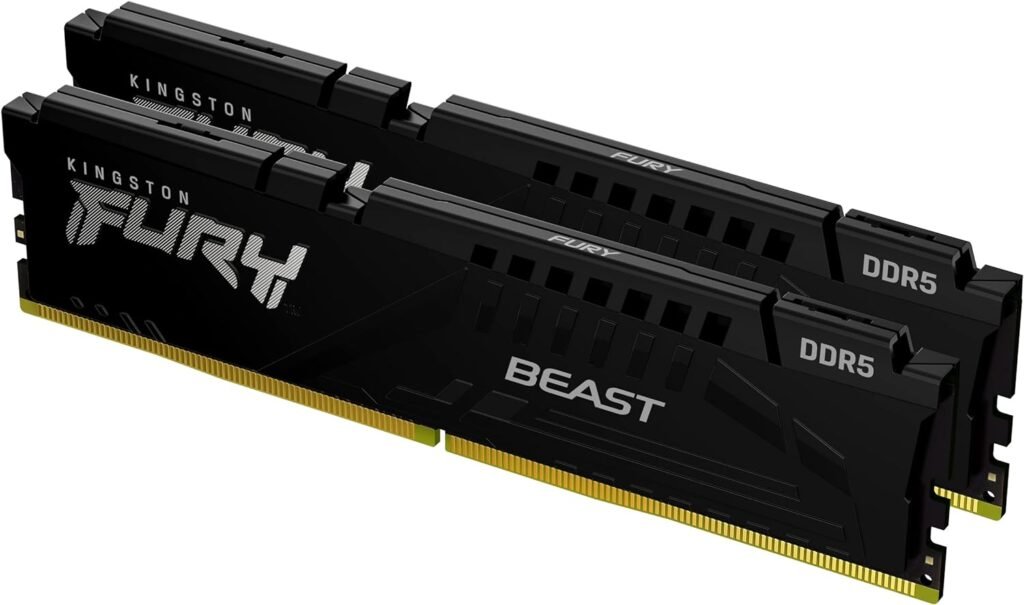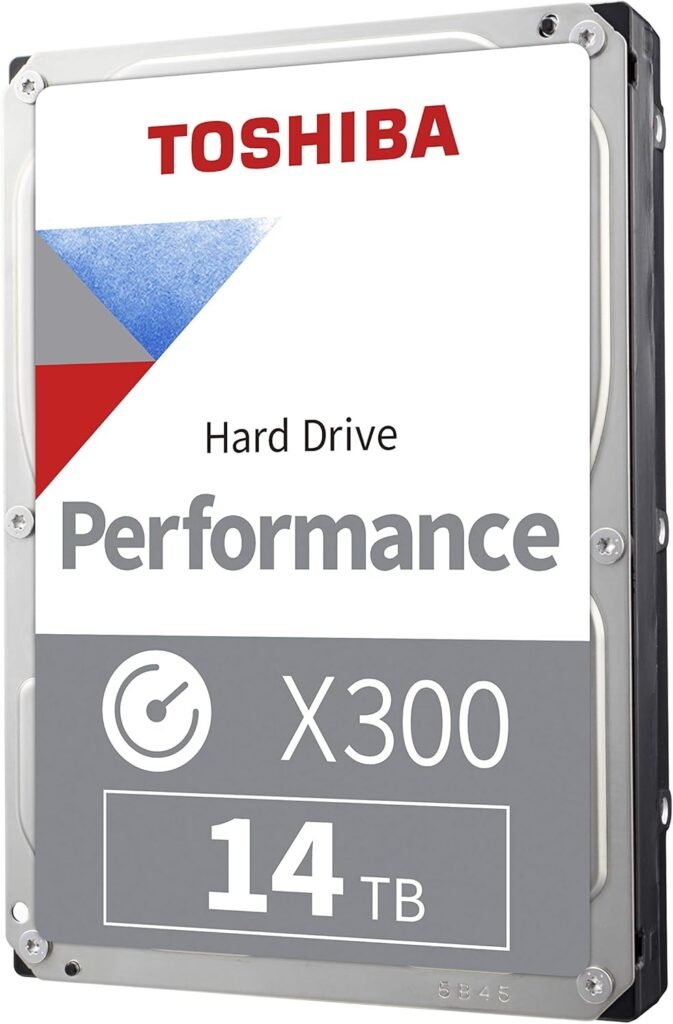Learn the fundamental aspects of computer systems technology, including hardware elements, operating systems, software applications, and the computing process. Computer systems technology is a vast and ever-evolving field that encompasses the hardware, operating systems, and software applications that power modern computing devices. Understanding the basic components of computer systems is essential for anyone interested in this field.
Overall, computer systems technology encompasses a wide range of components and processes that work together to enable the functionality of modern computing devices. Understanding these basics is crucial for anyone looking to pursue a career in this field or simply gain a deeper appreciation for the technology that powers our daily lives.
Starting at age 44, your energy, metabolism, and overall well-being may be silently declining. Don’t wait for symptoms.
Hardware Elements
At the core of every computer system are its hardware elements. These components are the physical parts that make up a computer and enable it to perform various tasks. Some of the essential hardware elements of a computer system include:
Central Processing Unit (CPU)
Also known as the brain of the computer, the CPU is responsible for executing instructions and performing calculations. It is composed of millions, or even billions, of transistors that work together to carry out the computer’s operations. The CPU’s performance is measured in terms of clock speed, cache size, and the number of cores it has.
Memory (RAM)
Random Access Memory (RAM) stores data that the CPU needs to access quickly. It is temporary storage and is cleared when the computer is turned off. RAM plays a crucial role in determining the speed and efficiency of a computer system. The more RAM a computer has, the more data it can store and access simultaneously, leading to smoother multitasking and faster program execution.
Storage Devices
Hard disk drives (HDDs) and solid-state drives (SSDs) are used to store data and programs on a long-term basis. HDDs consist of spinning magnetic disks that store data magnetically, while SSDs use flash memory chips to store data electronically. SSDs are faster, more durable, and consume less power compared to HDDs, making them the preferred choice for modern computer systems.
Input Devices
These devices allow users to input data into the computer. Examples include keyboards, mice, scanners, and microphones. Keyboards are used to type text and commands, while mice provide a way to navigate and interact with graphical user interfaces. Scanners allow users to convert physical documents into digital files, and microphones enable voice input for activities such as voice recognition and video conferencing.
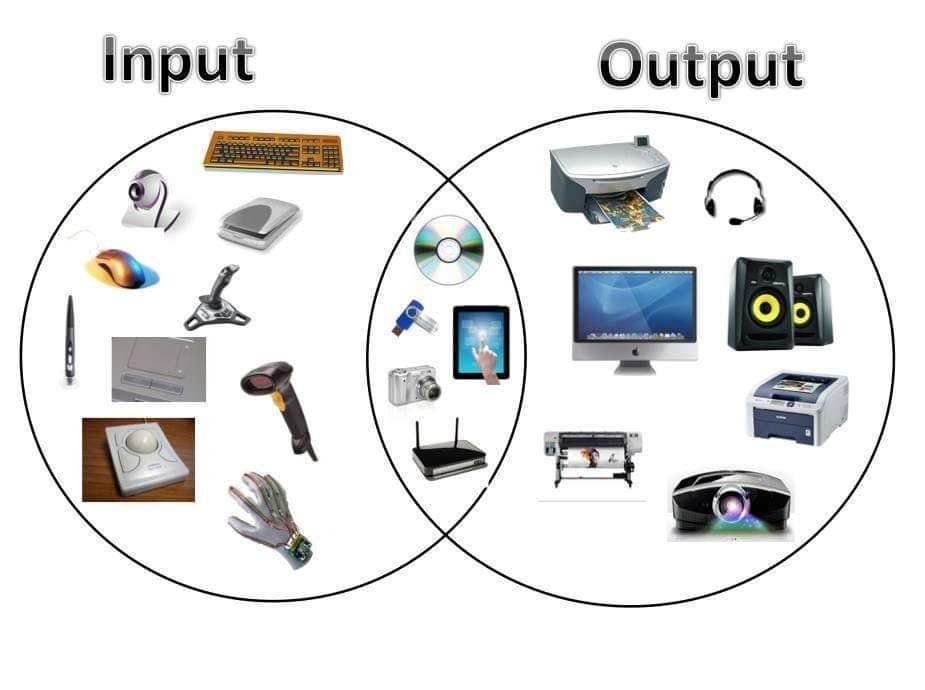
Output Devices
Output devices display or present the results of the computer’s processing. Examples include monitors, printers, and speakers. Monitors provide visual output, allowing users to view text, images, and videos. Printers produce physical copies of digital documents, while speakers produce audio output for multimedia applications such as music and videos.
These are just a few examples of the hardware elements that make up a computer system. The advancements in technology have led to the development of more powerful and efficient hardware components, allowing computers to perform complex tasks with ease. As technology continues to evolve, we can expect further innovations in computer hardware, leading to even more capable and sophisticated computer systems.
Operating Systems
An operating system (OS) is a crucial component of computer systems technology. It is software that manages computer hardware and provides a platform for other software applications to run. The operating system acts as an intermediary between the hardware and the user, ensuring that all the computer’s resources are utilized efficiently.
Some popular operating systems include:
Windows
Developed by Microsoft, Windows is one of the most widely used operating systems for personal computers.
macOS
Developed by Apple, macOS is the operating system used on Apple Macintosh computers.
Linux
Linux is an open-source operating system that is popular among developers and power users.
Operating System Services
The operating system provides various services to the user and applications, including:
Process Management
The operating system manages and schedules processes, ensuring that each task gets its fair share of CPU time. It keeps track of running processes, allocates resources, and handles process synchronization and communication.
Memory Management
It allocates and manages memory resources, allowing multiple applications to run simultaneously. The operating system ensures that each application has enough memory to execute its tasks and prevents one application from accessing or modifying the memory of another.
File System Management
The operating system handles file organization, storage, and retrieval. It provides a hierarchical structure for organizing files and directories, manages file permissions, and ensures data integrity and security.
User Interface
It provides a graphical or command-line interface for users to interact with the computer. The operating system presents a user-friendly environment, allowing users to execute commands, launch applications, and manage files and settings.
Operating System Other Essential Functions
Additionally, the operating system performs other essential functions, such as device management, network communication, and security. It manages device drivers, allowing the computer to communicate with various hardware devices, such as printers, scanners, and network adapters. The operating system also provides networking capabilities, enabling users to connect to the internet, share resources, and communicate with other computers. Furthermore, it implements security measures, such as user authentication, access control, and encryption, to protect the computer and its data from unauthorized access and malicious attacks.
Without an operating system, computers would not be able to perform the wide range of tasks we rely on them for today. From running complex software applications to connecting to the internet and managing files, the operating system plays a critical role in enabling the functionality and usability of modern computer systems.
Software Applications
Software applications, also known as programs or apps, are the tools that allow users to perform specific tasks on a computer system. These applications can be categorized into two main types:
System Software
System software includes operating systems, device drivers, and utility programs that help manage and maintain the computer system. The operating system is the core software that acts as an interface between the hardware and the user. It provides a platform for other software applications to run and manages system resources such as memory, storage, and processing power. Device drivers are software programs that enable communication between the operating system and hardware devices such as printers, scanners, and graphics cards. Utility programs, on the other hand, perform various maintenance tasks such as disk cleanup, antivirus scanning, and system optimization.
Application Software
Application software refers to programs designed for specific purposes, such as word processing, web browsing, graphic design, or video editing. Word processing software, like Microsoft Word or Google Docs, allows users to create, edit, and format text documents. Web browsers, such as Google Chrome or Mozilla Firefox, enable users to access and navigate websites on the internet. Graphic design software, like Adobe Photoshop or CorelDRAW, provides tools for creating and editing images, illustrations, and graphics. Video editing software, such as Adobe Premiere Pro or Final Cut Pro, allows users to edit and enhance videos by adding effects, transitions, and audio.
The availability of a wide range of software applications is one of the reasons why computers have become an integral part of our daily lives. From productivity tools to entertainment software, there is an application for almost every task imaginable. Whether it’s managing finances, communicating with others, creating art, or playing games, software applications have revolutionized the way we work, learn, and entertain ourselves. With advancements in technology, the capabilities of software applications continue to expand, offering new possibilities and opportunities for users in various fields and industries.
Computing Process
At the most basic level, computers work through three stages, what’s called the computing process:
• Input
• Processing
• Output
The computing process is a continuous cycle that allows computers to perform complex tasks and solve problems efficiently.
Input
It begins with the input stage, where data or instructions are provided to the computer system. This can be done through various input devices, such as keyboards, mice, or touchscreens. Users interact with the computer by inputting commands, typing text, or clicking on icons. Once the input is received, the computer moves on to the process stage.
Processing
Here, the data is processed using the CPU and other hardware components. The CPU executes instructions and performs calculations based on the input it receives. This stage involves the manipulation and transformation of data according to the instructions given. After the data has been processed, the computer moves on to the output stage.
Output
This stage involves presenting the processed data or the results of the computations to the user. This can be in the form of visual displays on a monitor, printed documents, or audible sounds from speakers. Output devices convert the processed data into a format that is understandable and usable by the user.
The computing process is a fundamental concept in computer science and is the foundation of how computers work and perform tasks. It is a continuous cycle, as computers constantly take input, process it, and provide output based on the given instructions. This cycle allows computers to perform a wide range of tasks, from simple calculations to complex simulations and analyses. Without the computing process, computers would not be able to function and perform the tasks that they do.
Discover More of Technology Splendor: Explore Our Other Sites
Your Health is your Best Investment
Energy, clarity, and balance are the foundation of every dream. Without health, wealth loses its shine and relationships lose their spark. Discover strategies to strengthen your body, sharpen your mind, and energize your spirit.
Learn How to Protect It →Relationships Give Life Meaning
Health gives you energy. Wealth gives you freedom. But only deep, authentic relationships give life true purpose. Discover the tools to connect, love, and communicate at your best.
Improve your Personal and Business Relationships